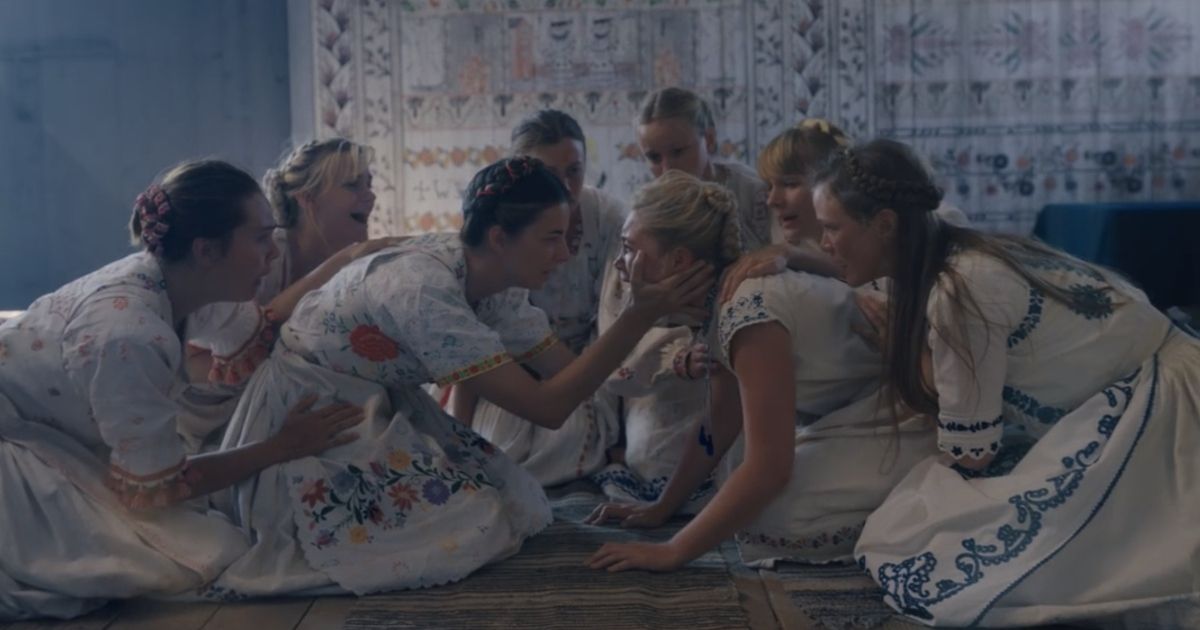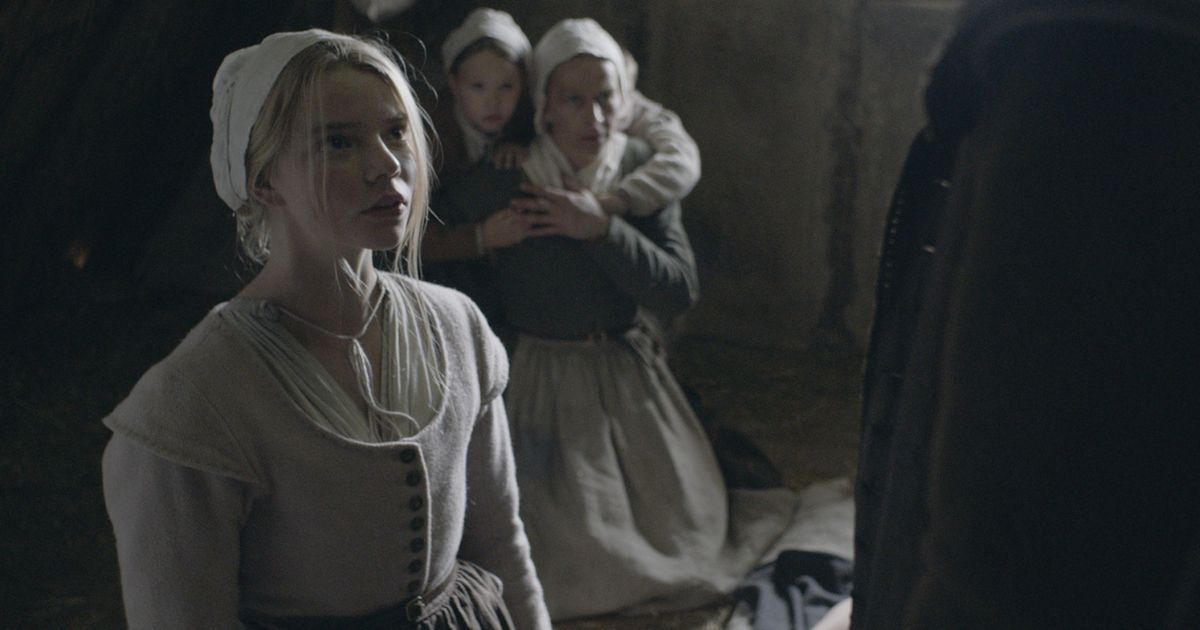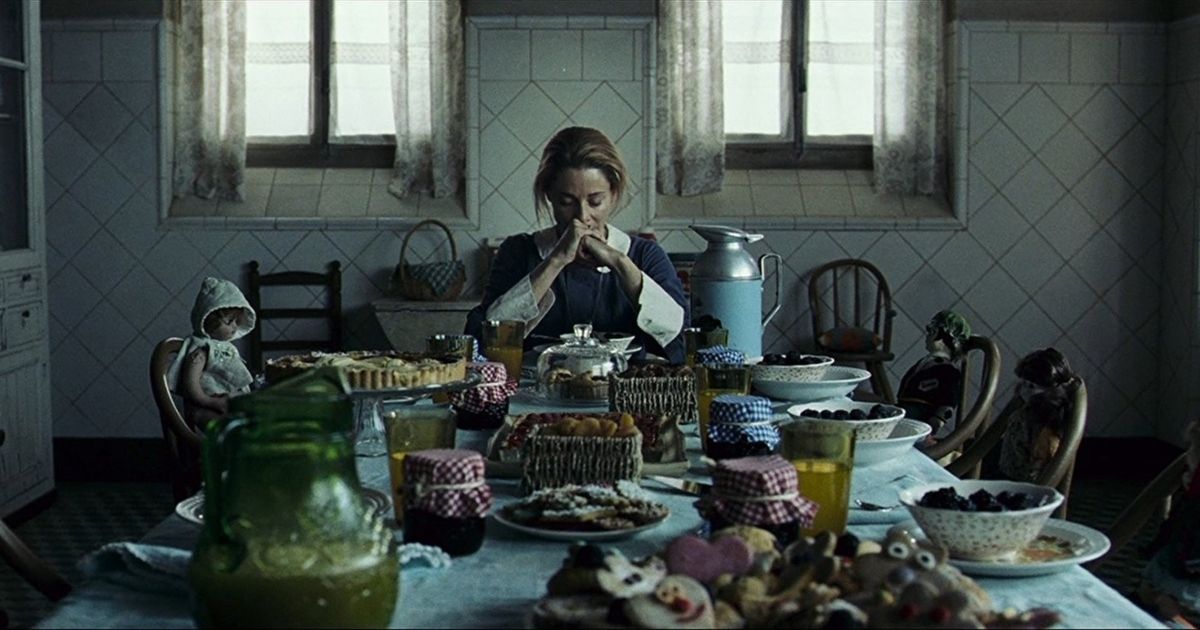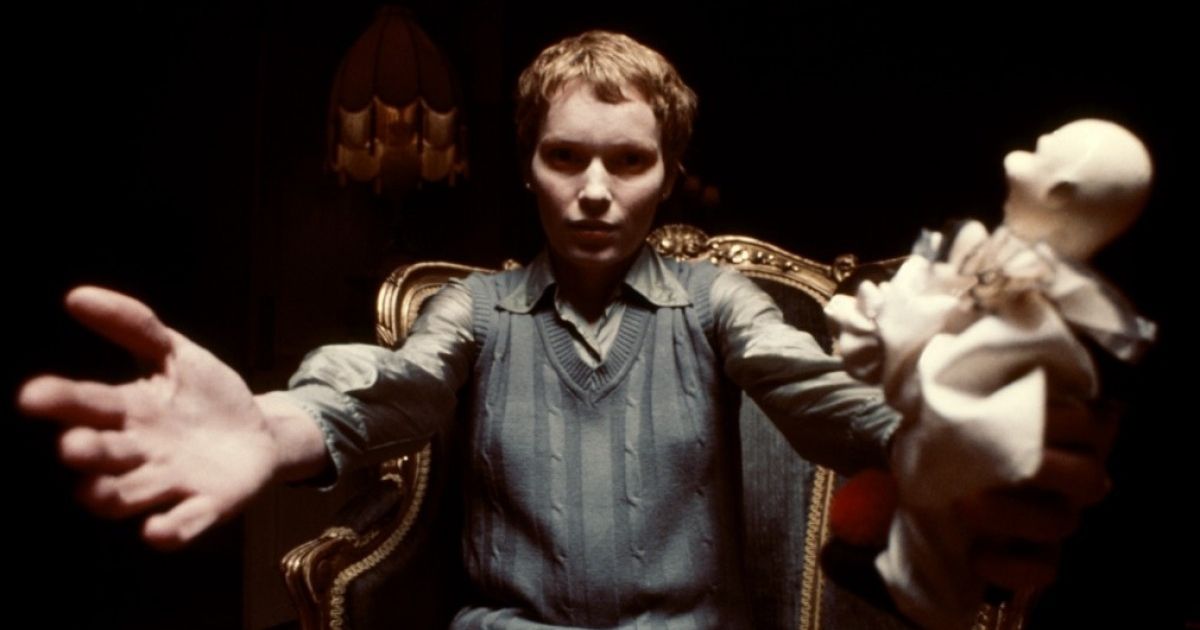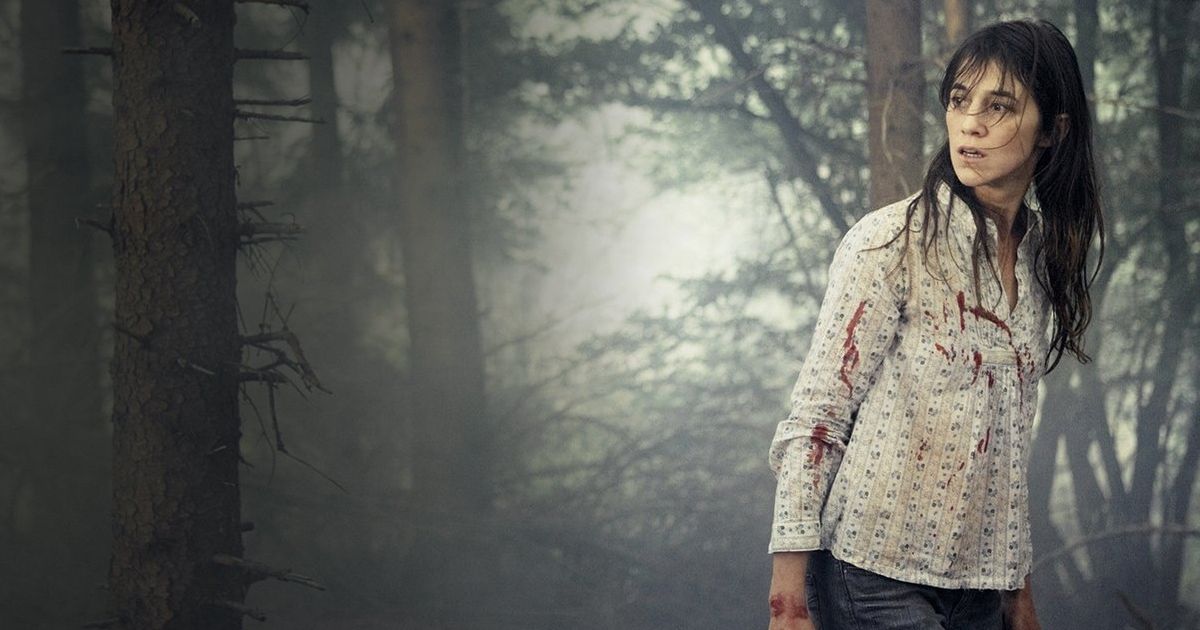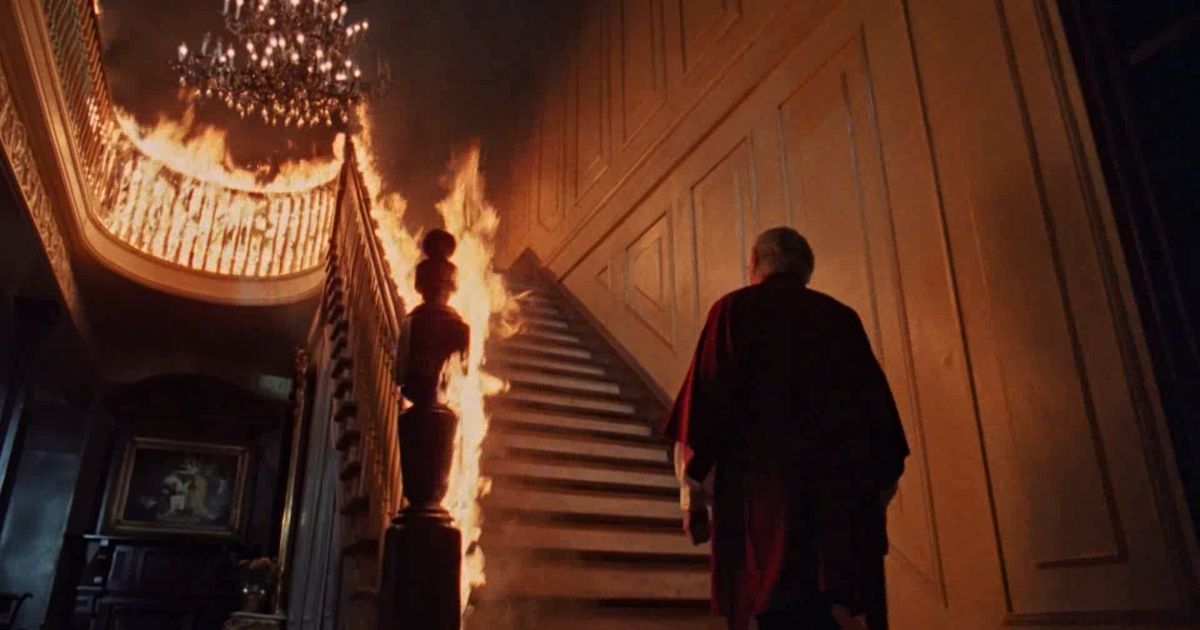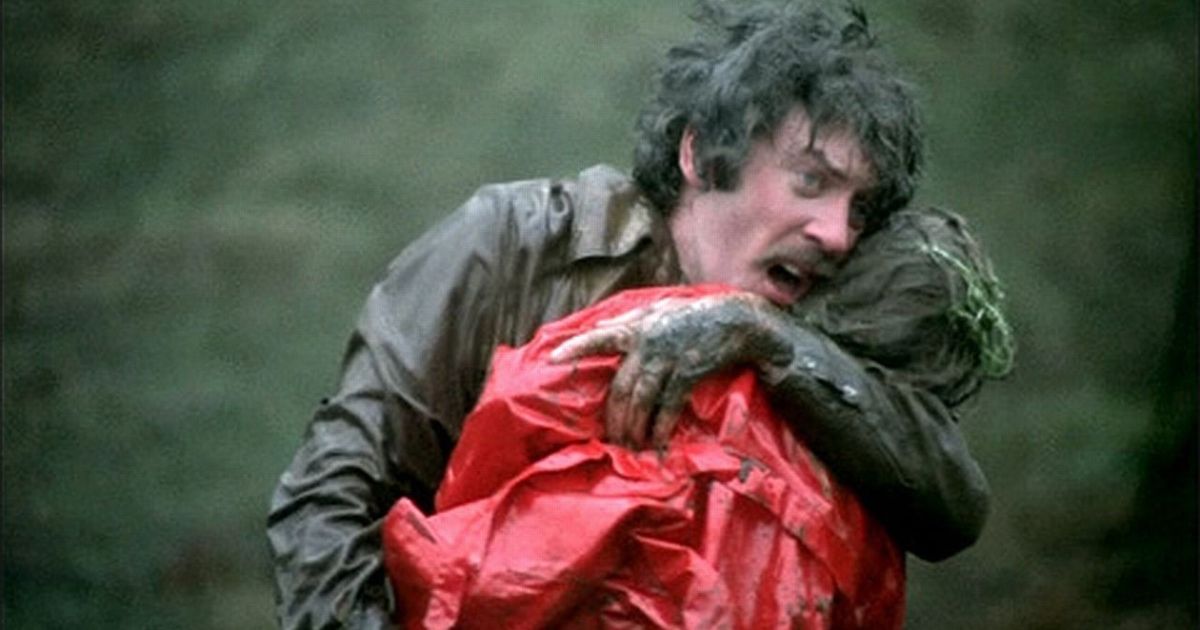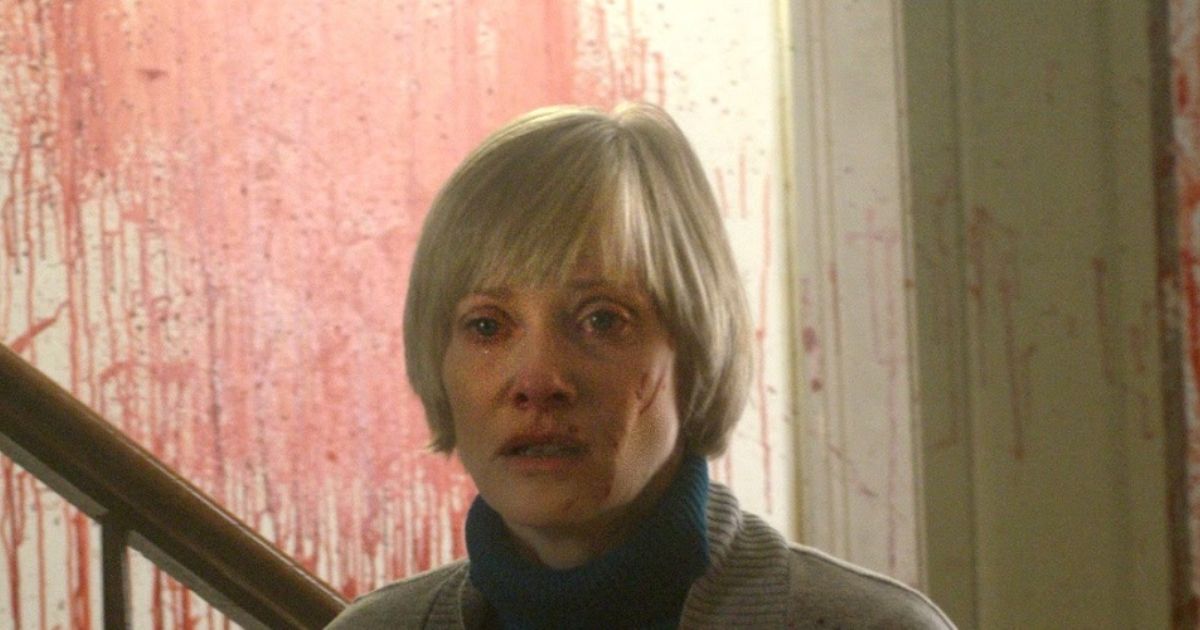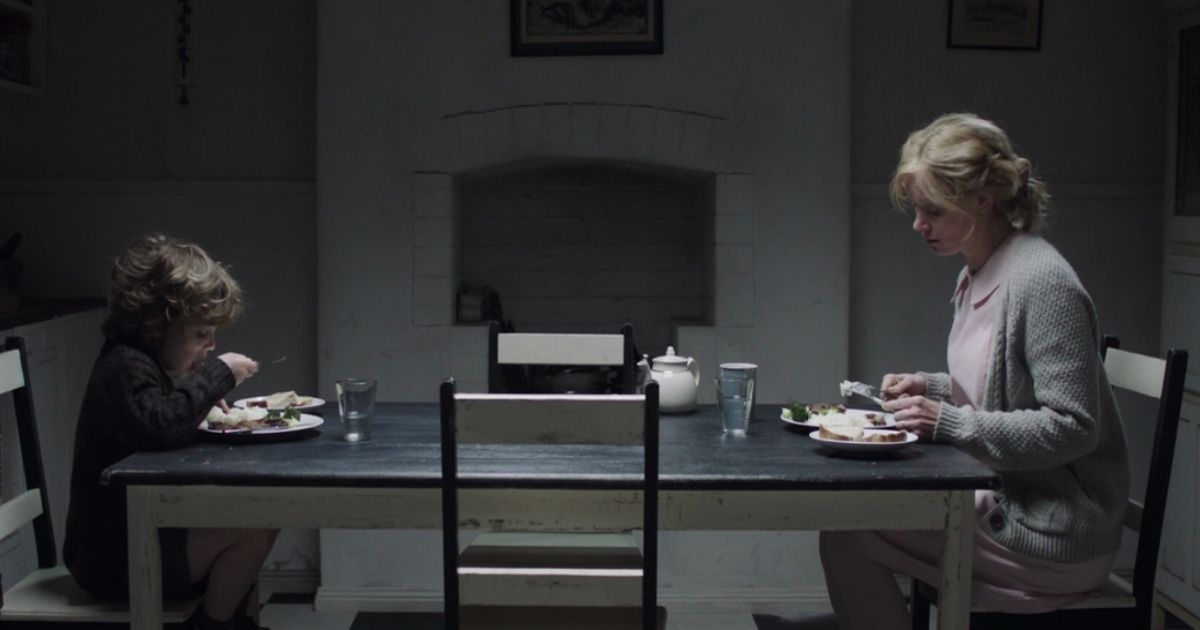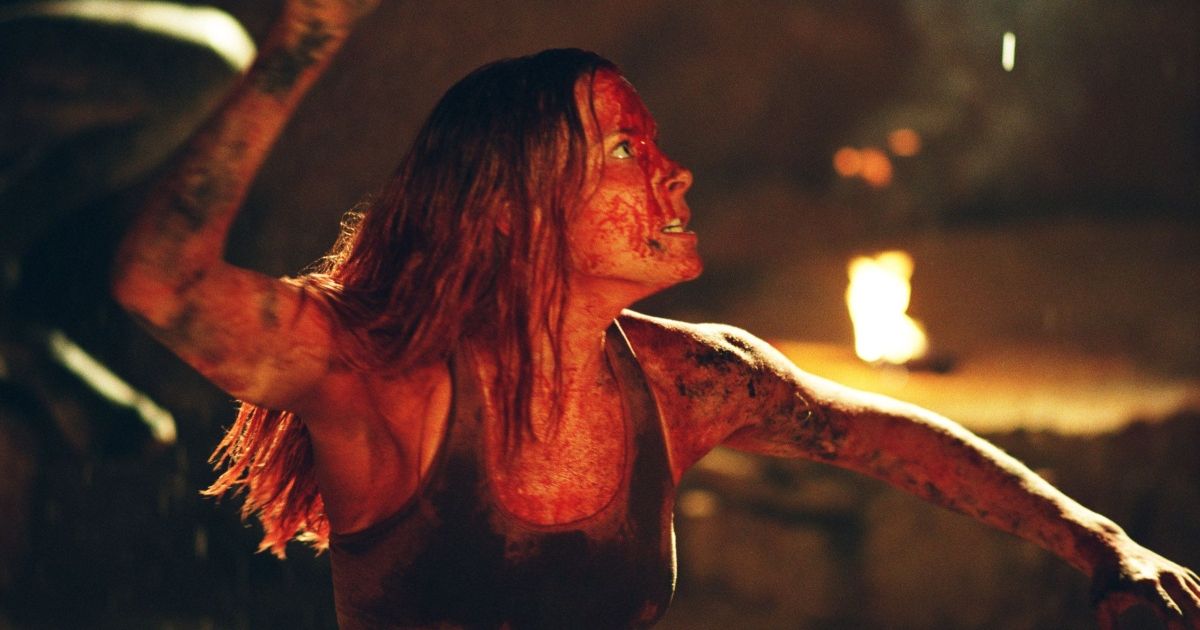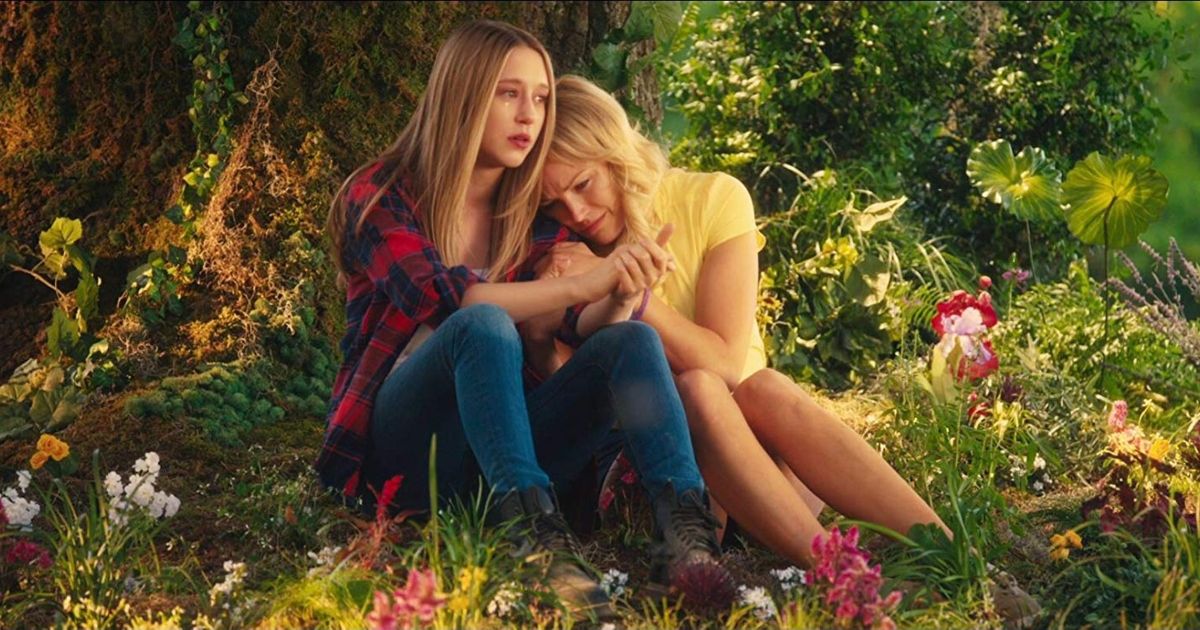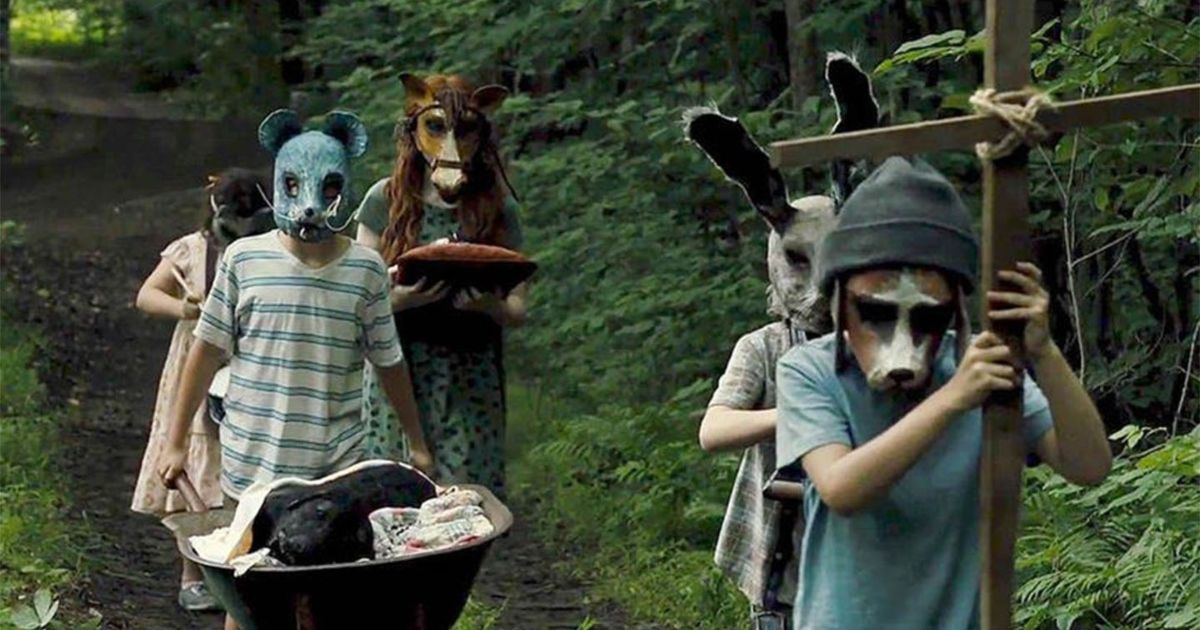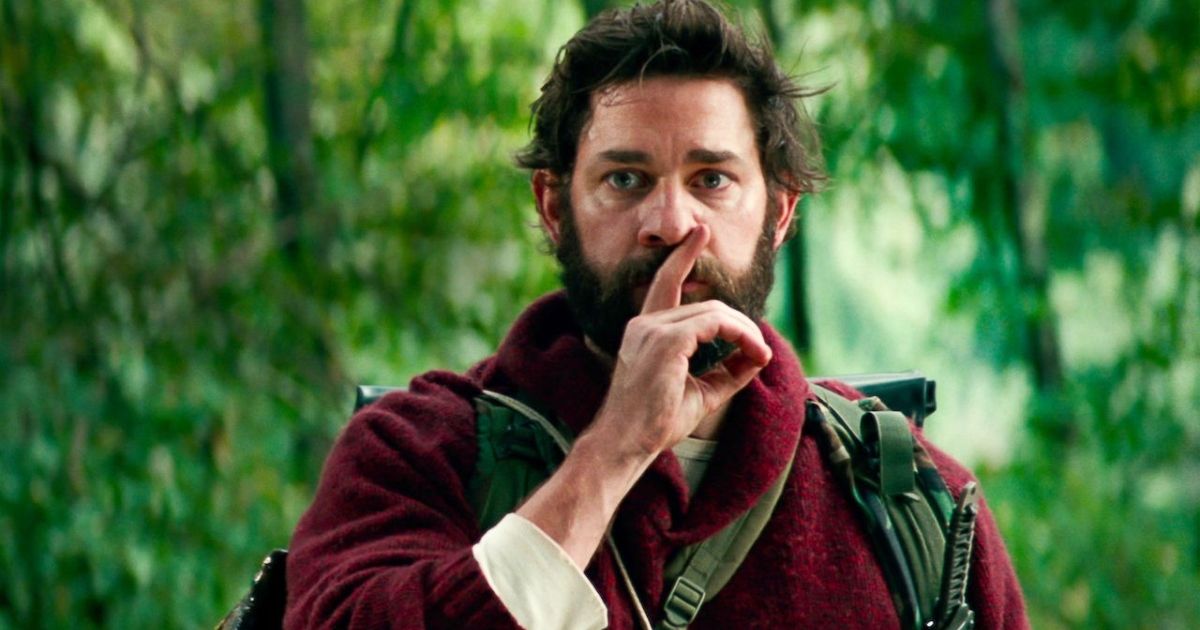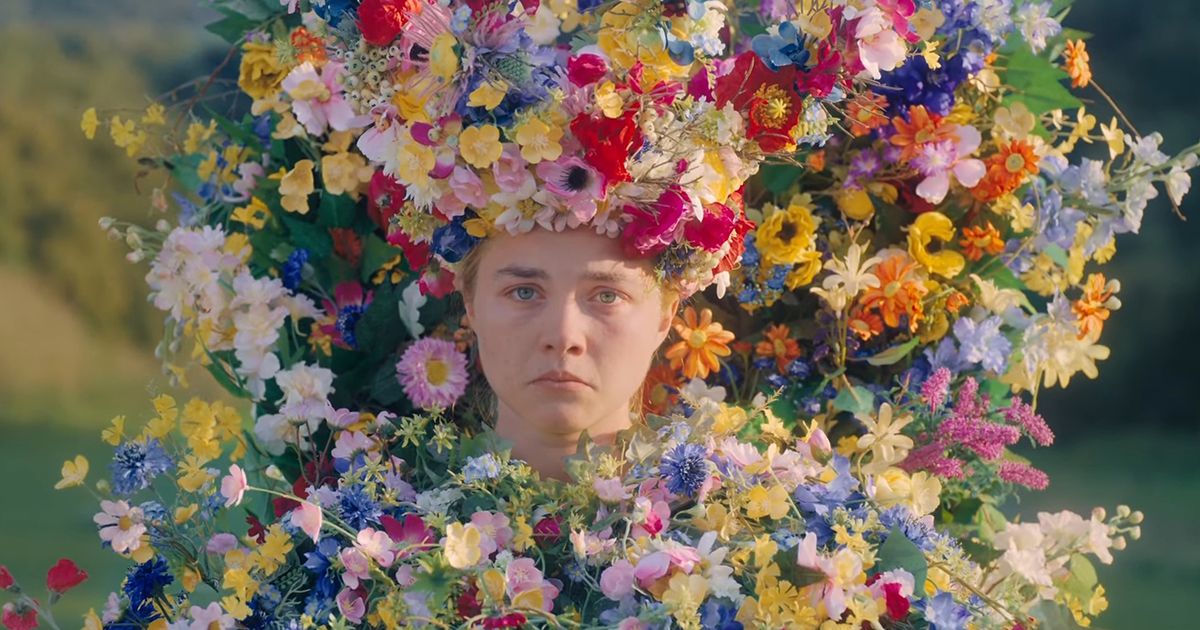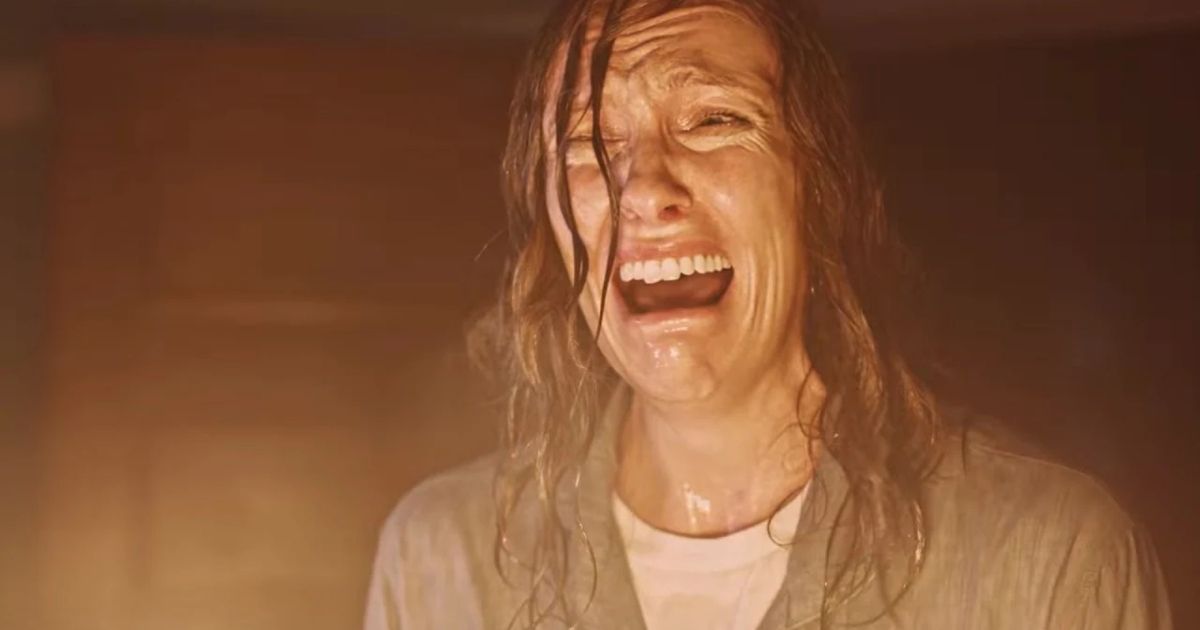"The most frightening movies... are rarely the goriest", says Eren Orbey as he unpacks how horror films capture mourning. Interestingly, the contemporary horror films that have been taking over major headlines focus heavily on human emotions. The fear that arises through trauma, pain, and grief is embodied by the characters and even the monsters, making these films a hard-watch. Grief is a central theme in many of these films. The way in which the filmmakers and the actors unpack this human emotion allows these films to come off as relatable, in turn, making them scarier than the slasher films that focus on grotesque images.
In recent years, there has been a boom in the horror genre, with many directors, new and old, exploring the idea of unpacking painful human emotions on the screen to convey the "horror" element of this genre. The films also view grief from different perspectives and thus, each film has its own way of tapping into this emotion. Here is a list of such films where the grief of the characters is visually represented in order to intensify the suspense and fear in this genre.
15 Mother! (2017)
Often interpreted as an allegory to mother nature and climate change, Darren Aronofsky's Mother! follows the story of a man and woman, named mother (Jennifer Lawrence) and Him (Javier Bardem), leading a seemingly peaceful life in a secluded house in the middle of nowhere. That is, until man (Ed Harris) and woman (Michelle Pfeiffer) invade their life and destroys it completely. Throughout the film, we see how mother is grief-stricken due to the stripping away of her peace and the violation of privacy and freedom. We also see how she goes through the pain of losing her child and watching the baby being killed and eaten by these inhumane people. The film ends with mother burning the whole house down and with its people inside as a response to this pain and as a result of her anger. The way in which Lawrence embodies these emotions leaves a lasting impact on the viewer. The film is also a reminder of how nature itself is alive and is grieving the loss of its peace.
14 The Witch (2015)
A dark film that takes place in 1630s New England and follows the story of a family that was banished from a Puritan society due to a religious conflict, The Witch focuses on Thomasin (Anya Taylor-Joy), the eldest daughter of the family. From the beginning of the story, the viewers are able to see how Thomasin is constantly shunned by her mother. She is forced to take many harsh responsibilities while her mother continues to insult her and hurt her. As the story progresses, Thomasin is accused of witchcraft by her parents, and she witnesses the loss of her brother, father, and the disappearance of her other siblings. This, along with her being forced to kill her mother as she was about to kill her, causes Thomasin to join a satanic cult. The way in which a series of losses has caused Thomasin so much trauma and pain shows how she was pushed to the edge through these emotions.
13 The Orphanage (2007)
This 2007 Spanish-Mexican gothic supernatural horror brings out a mother's pain of losing her child. Both the characters of Benigna (Montserrat Carulla), who has killed the orphans as a result of their bullying of her child which ultimately leads him to his death, and Laura (Belén Rueda), the protagonist of the story, who tries desperately to find her disappeared child only to find him dead, goes through traumatic events which causes them to grieve over their dear ones. Both characters, portrayed as foils of each other, are unable to cope with this grief and resort to the most extreme acts which result in more pain. As Ellie V. Bramley points out, it is this "very raw sense of loss and bereavement", which is at the center of the film, that makes the viewers "shudder for a long while after".
12 The Haunting of Julia (1977)
Yet another painful watch that focuses on a mother's grievance over her daughter's death, this 1977 film which is also known as Full Circle was an adaptation of Peter Straub's 1975 book Julia. This film focuses on a protagonist named Julia (Mia Farrow) who moves to a large house alone following the death of her daughter, which was caused by her attempt at performing a tracheotomy. Following her relocation, Julia starts to witness supernatural occurrences, and it is revealed that the house is haunted by a little girl, Olivia, who was killed by her own mother as she was believed to be inherently evil. With the inclusion of an evil ghost who goes on a murderous rampage, this film is able to focus on Julia's attempt at coping with her own daughter's loss. Even following the revelation that Olivia, before her death, killed an innocent boy and committed other atrocious acts, Julia attempts to embrace her and accept her. This ultimately leads to her own death, caused by Olivia. The film's focus on a mother's attempt at trying to make amends and fill the void her child has left makes it quite emotional but also scary at the same time.
11 Antichrist (2009)
With Willem Dafoe and Charlotte Gainsbourg taking over the lead roles of "He" and "She", this particular 2009 horror art film by Lars von Trier is not everybody's cup of tea. In fact, Antichrist, as suggested by the title, heavily explores the theme of religion, with Satan being seen as one powerful force that directs "She" to her evilness. Following the death of her son, She enters a state of grief and depression. As Michael Pementel explores in his article, Gainsbourg brilliantly embodies this emotion as the viewers "can sense the ache in her face, how her eyes stare blankly into life", which also takes the form of self-harm, harming others and heightened sexual angst. The symbolism of grief through the deer is another way in which the film uses its artistic creativity to visually represent this emotion.
10 The Changeling (1980)
This 1980 Canadian film follows John's (George C. Scott) attempt at unearthing a murder mystery. Following the deaths of his wife and daughter, this New York City music composer moves into a house that is haunted by the ghost of a young boy named Joseph, who was murdered by his father. This grieving father's way of coping with his loss seems to be him trying to bring peace to this small boy. Interestingly, we also see that the boy who replaced Joseph, by taking his place as Richard's son, is grief-stricken as this horrible truth is revealed. However, unlike John, this other Joseph ends up being consumed by grief, ultimately leading to his death.
9 Don’t Look Now (1973)
Don't Look Now is a 1973 film based on one of Daphne du Maurier's short stories. The film focuses on two parents' way of coping with grief following the death of their daughter. Laura, Julie Christie, is seen trying to tap into the supernatural world to reconnect with her daughter while her husband, played by Donald Sutherland, who is skeptical of such measures, continues to work, seemingly coming off as ok. The two characters' contrasting ways of trying to deal with grief is very interesting, since Laura's grief is very much visually represented. However, as the film progresses, it is made obvious that John has bottled up his pain and this, ultimately, leads to his death. His assumption that the mysterious figure in red is his daughter is a clear illustration of how grief can lead us to believe in things that we want to believe in, in turn, distorting the idea of reality.
8 We Are Still Here (2015)
We Are Still Here is yet another film that brings in the idea of grief warping one's version of reality. Set in 1979, the film focuses on Anne (Barbara Crampton) and Paul Sacchetti's (Andrew Sensenig) attempt at trying to overcome the grief caused by the death of their son. The couple relocates to a new home in rural New England, only to be caught up in the town's absurd ritual of feeding the home. The film explores the idea of grief by looking at how Anne assumes that their son, Bobby, is with them. Moreover, the way in which they see their escape at the end is due to Bobby guiding them to illustrate how those trying to cope with grief can find the slightest reason to believe their loved ones are with them.
7 The Babadook (2014)
Unlike many other films, The Babadook looks at the grief that has been caused due to the passing away of one's partner and how this grief continues to grow as one keeps it enclosed, unable to reconcile with the past. Throughout the film, it is made clear that the monster, the Babadook, feeds on people's fear. The way in which he torments Amelia (Essie Davis) using her unresolved emotions and her memories of her husband's death is a clear indication that this monster can be seen as a symbol of grief itself. This grief causes much distress to Amelia, which included frantic acts and horrific visions. The film ends with Amelia dominating and controlling the monster. This can be seen as a representation of how grief might still prevail, but one can always learn to live with it while coming to terms with it.
6 The Descent (2005)
Following the death of her husband, Paul, and daughter, Jessica, due to a car crash, Sarah (Shauna Macdonald) ends up being the only survivor of the accident. She distances herself from grief, and thus, embarks on an adventure with her friends to distract herself. However, this adventure acts as her journey of trying to accept grief. We see her friend, Juno (Natalie Mendoza), who ends up guiding the team into an unknown cave which ends up killing most of the group as the cave is the residence to a group of creatures called "crawlers". Throughout the group's attempt at trying to save themselves, we see Sarah being aware of her friend's relationship with her husband prior to her death. The film ends with Sarah being the sole survivor of the group. The way in which Sarah cries after escaping the cave suggests that she is finally able to accept the grief caused by her husband's and daughter's deaths. However, seeing Juno's vision might hint that she is now struck by a different grief.
5 The Final Girls (2015)
The Final Girls might be different from the other films on the list, as it is a comedy horror film. Nonetheless, the film goes on to explore grief from the perspective of a daughter who has lost her mother in a car accident, which she survives. Similar to this accident that sets off the film, Max (Taissa Farmiga), the daughter and the protagonist, ends up being the "final girl" in a horror film within this film. As Max and her friends try to navigate through the film, she comes across Nancy (Malin Åkerman) who was played by her mother when she was young. This acts as her journey of coming to terms with grief. Even if Max tries to save Nancy and take her back to the real world, Nancy ends up sacrificing herself for Max. In a way, it illustrates how one cannot expect the dead to be undead even if grief forces one to do so.
4 Pet Sematary (2019)
This 2019 film by Kevin Kölsch and Dennis Widmyer is an adaptation of Stephen King's 1983 novel of the same name. This is one film that heavily explores grief, as almost every character has their own grief. We see Louis (Jason Clarke) being guilt-ridden after he was unable to save Victor, a student. His daughter, Ellie (Jeté Laurence) is seeing grieving the loss of her cat which results in Jud (John Lithgow), their neighbor, taking Louis to a burial ground where the dead are brought back to life. This acts as the trigger of a chain of unfortunate events. Ellie dies after running towards her resurrected cat, which causes Louis and Rachel (Amy Seimetz) to grieve. Rachel is also seen grieving over her dead sister, Zelda. Unable to cope with his grief, Louis resurrects Ellie, which leads to the deaths of other key characters. The way in which resurrecting is employed as a coping mechanism yet again reminds the viewers of how grief can easily make one lose their grip over logic and reasonability.
3 A Quiet Place (2018)
This post-apocalyptic horror film garnered so much attention simply because it is one film where sound is lacking, literally. Kenneth Lower states that this film visually represents the idea of "holding things inside for fear they might burden your loved ones" which is one way in which people try to cope with grief. Throughout the film, we see the Abbott family's attempt at coping with the death of Beau (Cade Woodward), the four-year-old son of the family. Even if the family seems ok, it is made clear that they are still struggling to cope with the grief while trying to survive. Lee's (John Krasinski) death enhances this pain and forces the family to cope it in their own way as they have to fight against the creatures. The way in which silence acts as a barrier to one's attempt at sharing grief with others is clearly portrayed in this film.
2 Midsommar (2019)
Midsommar by Ari Aster is a 2019 folk horror film that follows Dani (Florence Pugh) and her attempt at coping with grief. Dani is traumatized after her sister's murder-suicide, which resulted in her parents' death. She is unable to express her emotions or cope with this grief as she is left alone, and her absent boyfriend is not eager in supporting her. She is then invited on a trip to Hälsingland, Sweden, where she witnesses a horrific series of events. During this trip, Dani witnesses her boyfriend, Christian (Jack Reynor) cheating on her, which results in her crying. However, the women of the Hårga commune come to support her by mimicking her cries. The film ends with Dani smiling, in turn, suggesting how she is now able to cope with the grief with her new-found community.
1 Hereditary (2018)
Yet another film by Ari Aster, Hereditary stars Toni Collette as Annie Graham as she goes through different levels of grief. The film begins with the death of Annie's mother, and we see that the lack of grief within her has made Annie feel guilty. This lack stems from her resentfulness towards her mother. However, following this we see Annie being forced to face the death of her daughter, Charlie (Milly Shapiro) as she sees her headless body inside the car. In this series, Annie ends up killing her own husband as well and then her own self. However, Annie is not the only one grieving. Steve's (Gabriel Byrne) silence and Peter's (Alex Wolff) distancing of himself all illustrate different forms of grief. Hereditary ranks number one on this list simply because these characters perfectly embody the differences of grief, while the film takes the viewers on the characters' journey of trying to cope with grief but ultimately failing.

